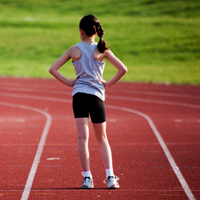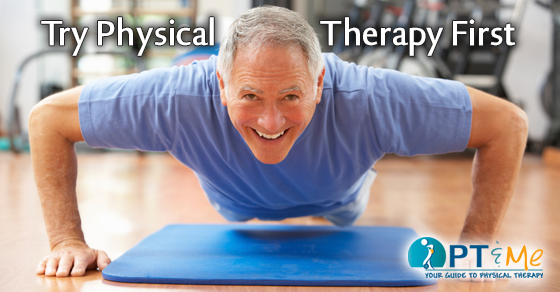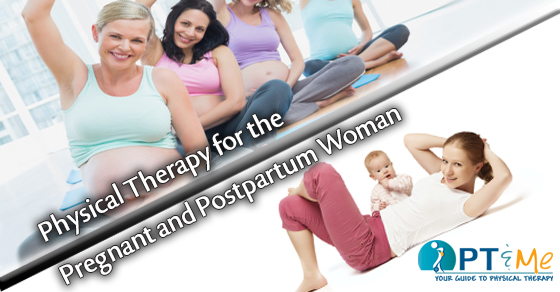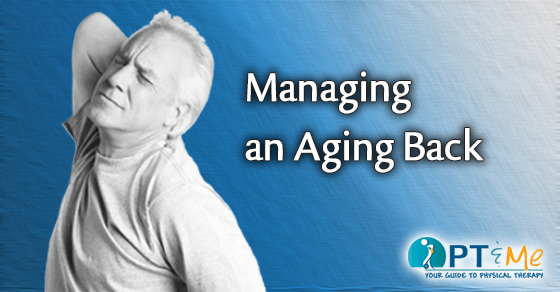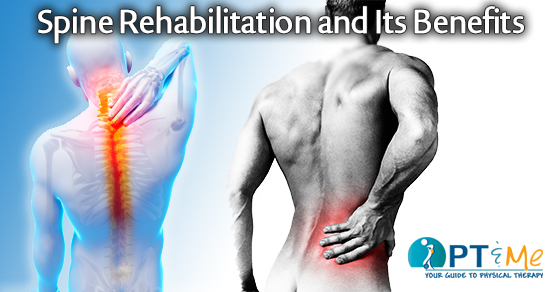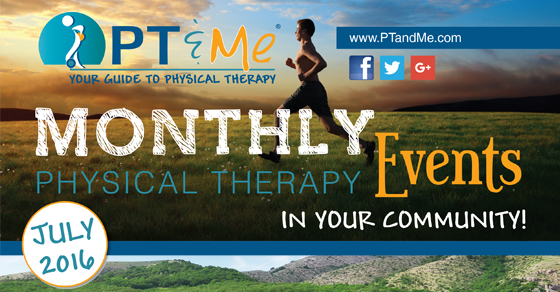
Check out our Physical Therapy Monthly Events Calendar! Focusing on events from PTandMe.com participating physical and occupational therapy clinics. Read more to find out what’s happening in your community in July 2016!
INDIANA PHYSICAL THERAPY EVENTS
JEFFERSONVILLE, IN
DATE: July 15th, 2016 7:00AM – NOON
Steel Dynamics Health & Safety Fair
CLINIC: New Horizons Physical Therapy – Jeffersonville
New Horizons Physical Therapy will be participating in Steel Dynamics – Jeffersonville location’s Health and Safety Fair. The fair is open to Steel Dynamics employees and their families and they look forward to seeing you there! For more information about New Horizons Physical Therapy, visit them online at www.newhorizonsphysicaltherapy.com.
MICHIGAN PHYSICAL THERAPY EVENTS
MONROE, MI
DATE: July 5th, 2016
Clinic Relocation
CLINIC: Advanced Physical Therapy – Monroe
Advanced Physical Therapy is the leading provider of physical therapy, spine care and sports medicine in Southeast, MI. They are proud to be part of the Monroe community, and are committed to helping you, their friends and neighbors, get through your pain and on with life. Visit them at their new location: Hampton Plaza 1291 N. Telegraph Rd., Monroe, MI 48162 www.advphysicaltherapy.com.
SOUTHGATE, MI
DATE: July 18th, 2016 7:30PM
Building Better Runners Series (FREE)
CLINIC: Advanced Physical Therapy – Southgate
Join Advanced Physical Therapy at their Southgate location for a FREE talk focused on the Runner’s Core Routine. Come and learn a step-wise approach to strengthening the lower extremity, specific for runners. This “learn by doing” presentation will build on our Glute Activation talk. Come dressed and ready to participate. Coaches are always welcome, as are your athletes. To sign up please call 734-284-6582 to reserve your spot. More info on Advanced PT at www.advphysicaltherapy.com.
TENNESSEE PHYSICAL THERAPY EVENTS
PULASKI, TN
DATE: July 23rd, 2016
Registration Due for 2nd Annual Golf Scramble
CLINIC: STAR Physical Therapy – Pulaski
STAR Physical Therapy – Pulaski is raising money for The American Heart Association through a fun Golf Tournament. The event will be held August 6th but registration for teams is due on July 23rd. For more information or to register call STAR Physical Therapy at 931-292-6311. For more info about STAR Physical Therapy you can visit them online at www.starpt.com.
MT. JULIET, TN
DATE: July 21st 2016, 2:00PM – 3:00PM
Back Pain Talk
CLINIC: STAR Physical Therapy – Mt. Juliet
STAR Physical Therapy – Mt. Juliet South is hosting a FREE talk about back pain and how physical therapy can help at the Del Webb Country Club. Anyone in the Del Webb community is welcome to attend. A question and answer section will be held at the end. For more info about STAR Physical Therapy you can visit them online at www.starpt.com.
VIRGINIA PHYSICAL THERAPY EVENTS
BLACKSBURG, VA
DATE: July 29th, 2016, 2:00PM
Dizziness/ Vestibular Rehabilitation Talk
CLINIC: University Physical Therapy – Blacksburg
Kelly Wilson, PT, DPT from University Physical Therapy – West Blacksburg is hosting a FREE talk at the Blacksburg Public Library to discuss dizziness, vertigo and vestibular issues and how physical therapy can help. For more information about University Physical Therapy visit them online at www.universityptonline.com.
BRAMBLETON, VA
DATE: July 2016
New Clinic Opening
CLINIC: The Jackson Clinics – Brambleton
The Jackson Clinics are happy the announce the opening of their newest location in Brambleton, VA – located at 42365 Soave Dr. Bramleton, VA 20148. For more information about the Jackson Clinics visit them online at www.thejacksonclinics.com.
WISCONSIN PHYSICAL THERAPY EVENTS
PLOVER, WI
DATE: July 18th, 2016
New Clinic Opening
CLINIC: Sport and Spine Physical Therapy – Plover
Sport and Spine Physical Therapy is proud the announce the opening of it’s newest location in Plover! Located at 1767 Park Avenue, Suite 200, Plover, Wisconsin. Caitlyn Barr, DPT, will be the physical therapist on site. For more information about Sport and Spine physical therapy visit them online at www.sportspinewi.com.
WAUSAU, WI
DATE: July 19th, 2016, 6:00PM – 8:00PM
WVAM Sports Physical Event
CLINIC: Sport and Spine Physical Therapy – Wausau
Sport and Spine Physical Therapy along with other members of the WVAM are providing physicals for athletic students at the Bone and Joint Clinic at 5200 Hummingbird Road. The Cost for a physical is $25. $20 from each physical will be donated back to the athlete’s athletic department. For more information about Sport and Spine physical therapy visit them online at www.sportspinewi.com.
Click here to print a downloadable events flyer.


